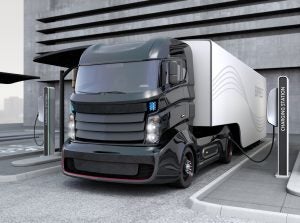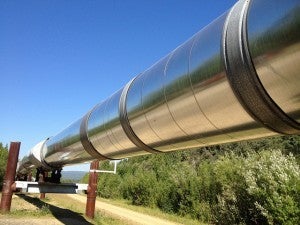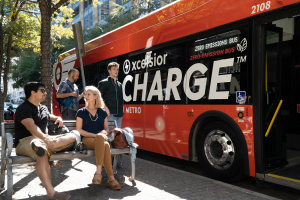 This week, hundreds of officials from countries, states, cities and companies all over the world are convening in New York to discuss the future of our planet. Among the many solutions being discussed is one that sometimes gets less attention, but holds tremendous opportunity to tackle climate change and clean our air in communities across the globe: zero-emission trucks and buses.
This week, hundreds of officials from countries, states, cities and companies all over the world are convening in New York to discuss the future of our planet. Among the many solutions being discussed is one that sometimes gets less attention, but holds tremendous opportunity to tackle climate change and clean our air in communities across the globe: zero-emission trucks and buses.
I attended an event hosted by CALSTART where they presented information on their Global Commercial Vehicle Drive to Zero Program. This international initiative focuses on driving market development of zero-emission medium- and heavy-duty vehicles through partnerships that promote supporting policies and investments. We also heard from leading government and corporate players like the New York State Energy Research and Development Authority, the Port Authority of New York and New Jersey, FedEx and INGKA (formerly the IKEA Group) on the progress they are making to electrify their fleets. As Angela Hultberg, Head of Sustainable Mobility of INGKA, made clear, we are past the point of making commitments, we need to move to implement.














